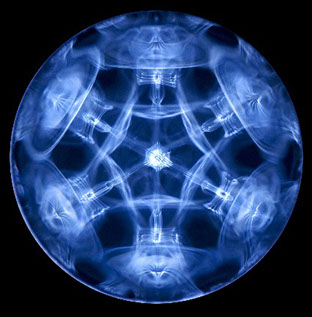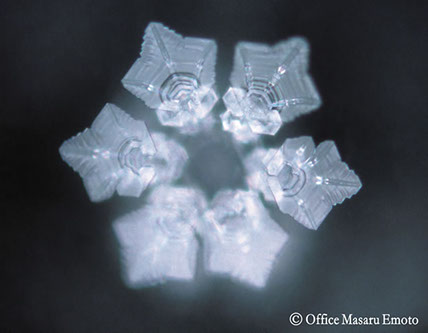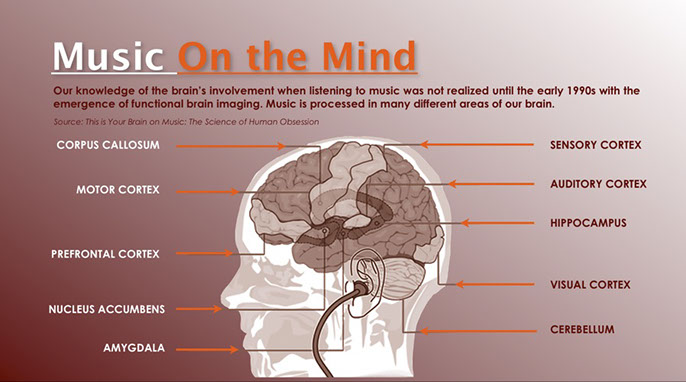The Effect of Music & Drawing on the Brain
The health benefits of creative self-expression are abundant. Whether challenged with a physical illness, in need of stabilizing your emotions or looking for an outlet to enhance your well-being, expressing your creative imagination through art and music can be a viable and transforming healing process leading to balance and vitality.
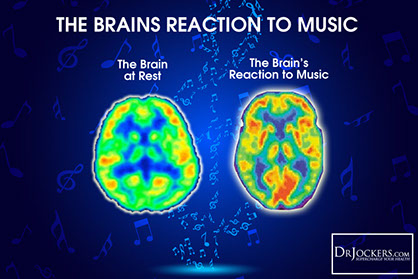
Dr Jockers
MUSIC - Activates the visual cortex - Improve verbal 19 & mathematical abilities - Increase levels of melatonin, serotonin endorphins and dopamine - Improves memory performance, concentration and attention - Enhances.
See this interesting article about the way music improves the brain, by Dr. Jockers: https://driockers.com/3-ways-music-improves-brain-function/
Listening to harmonic sounds and music also:
- Slows down and equalizes brain waves
- Normalizes heartbeat, pulse rate and blood pressure
- Regulates stress-related hormones
- Boosts the immune function
- Strengthens memory and learning
- Improves the quality of sleep
- Elevates mood and reduces anxiety
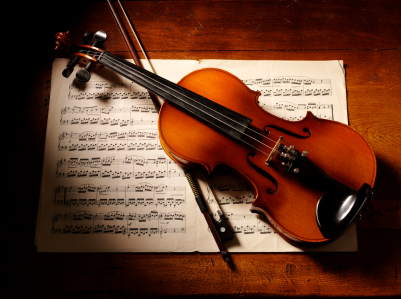
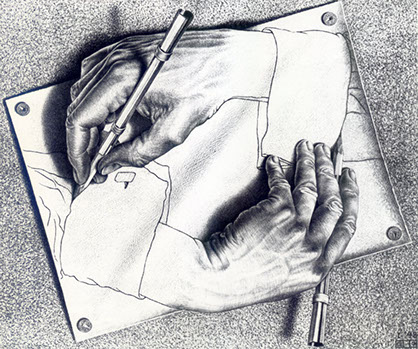
Maurits Cornelis Escher - 1948
DRAWING - Improves hand-eye coordination - Memories and experiences become stronger, more vivid, & easier to access - Enhances creative problem solving & intuition Increase production of serotonin, endorphins, dopamine, and norepinephrine - Produces an overall state of alertness
Expression through drawing and painting also:
- Enhances access to the right side of the brain allowing for greater creative problem solving
- Strengthens focus and increases attention
- Reduces stress and pain with increased production of endorphins
- Activates the production of neurotransmitters such as serotonin and dopamine, improving mood
- Enhances intuition.
- Increases production of neural synapses enhancing brain function

